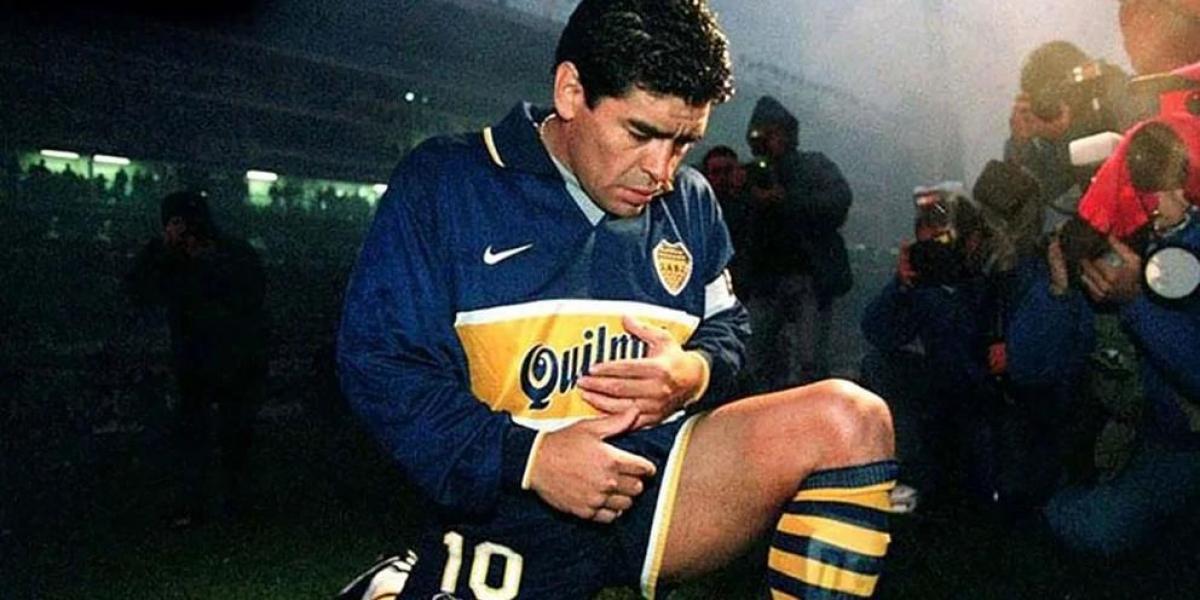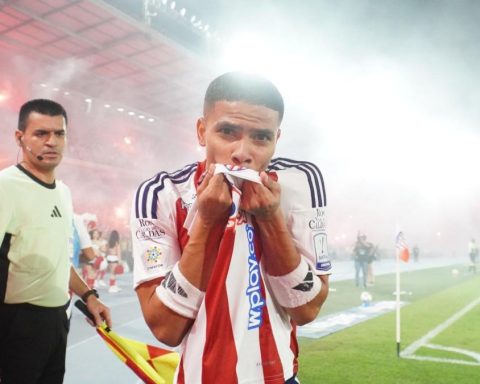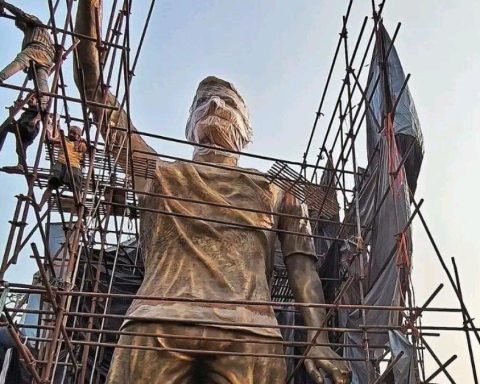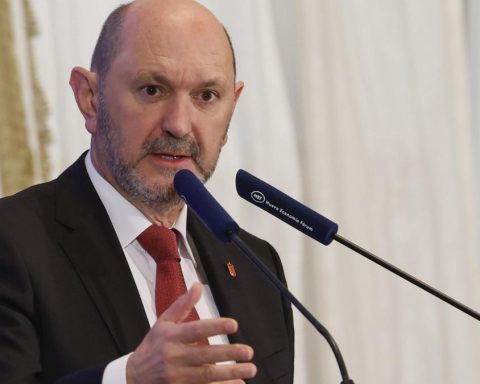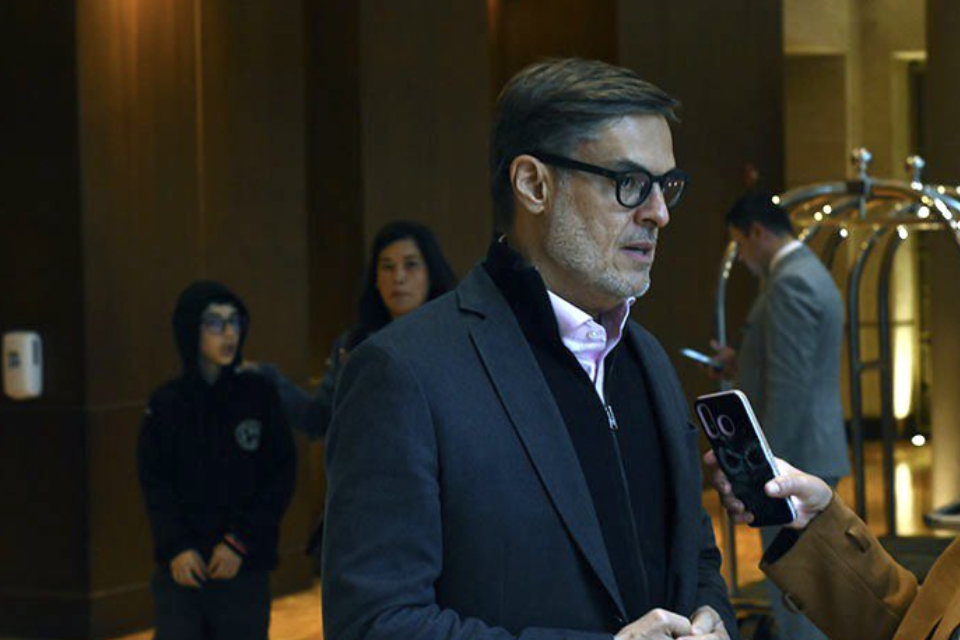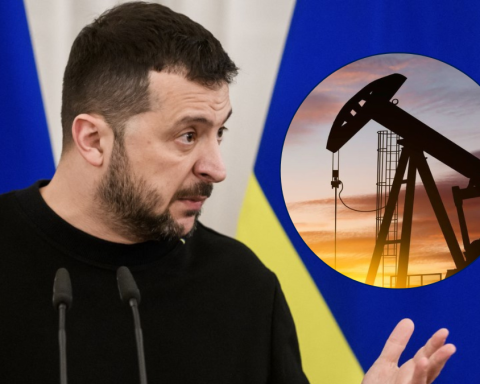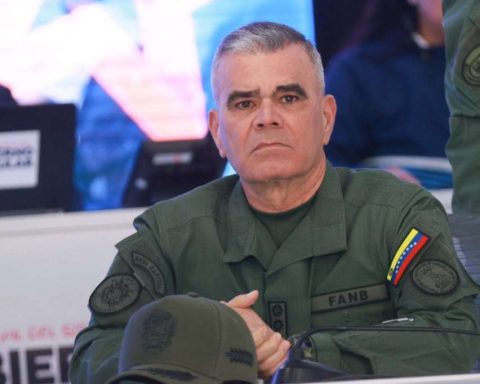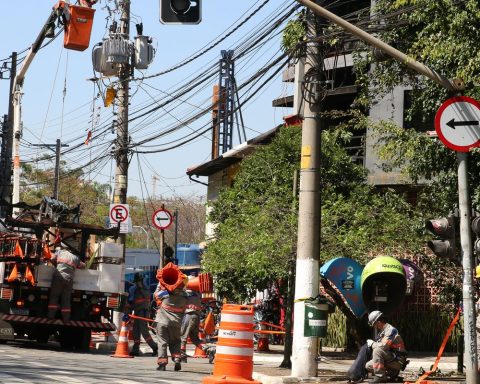25 years ago the ill-fated Diego Armando Maradona tested positive for the third time in his career. On August 28, 1997, the AFA (Argentine Football Association) announced the existence of “prohibited substances” in the urine sample that was taken from ‘Pelusa’ four days before after playing Boca-Argentinos Juniors in La Bombonera (4 -2), from the first day of the Opening Tournament.
read also
There was no doubt that it was a positive for cocaine, confirmation that the life of Maradona, who died on November 25, 2020, continued to depend, at 36 years old, on the drug despite the fact that his fitness caused him to conceive hopes to the fans who had overcome their addiction.
It was no use that, five hours before jumping onto the field, the test that Boca decided to subject him to before the game was negative.
the damn little ball
Maradona had scored during the match a penalty goal against Argentinos Juniors, the team where he began his career, and then, in the locker room, he complained bitterly when he found that the ball with his number, 10, was drawn in the control draw anti-doping.
Diego Armando Maradona, finished the Boca-Argentinos Juniors, with the jersey of the team where he began his career. Moments later he was chosen to pass the anti-doping control and tested positive
Maradona had been retired from football for a year and underwent an intense training plan of more than two months to prepare for his fifth return to football. He lost eleven kilos. He even went to Canada to take the last phase of his tune-up with athlete Ben Johnson. another victim of doping… He seemed to have controlled his addiction to drugs, a problem in which he had been mired since his stay in Barcelona.
he played again
Despite the fact that he returned positive in the counter-analysis test, Maradona was able to play a few more games since his lawyers managed to get a judge to annul the provisional suspension that the AFA had imposed on him after his positive to investigate whether the player was a victim of a plot
Specifically, Maradona and his representative, Guillermo Coppola, denounced in April 1997 alleged threats, some anonymous voices that assured that they were going to “put drugs on them.” The ‘Pelusa’ insisted that he did not use cocaine and his lawyers requested a DNA analysis in the urine to corroborate it.
The reasons for the withdrawal

Diego Maradona celebrates one of Boca’s goals against River at the Monumental (1-2) in the last game of his career
Despite eluding the suspension, Maradona decided to announce his retirement on October 29, just one day before his 37th birthday, assuring that “I am bitter and fed up with the lies” after the versions that the day before ran in Buenos Aires about the death of his father and the new positive that he would have given after the anti-doping control after the superclassic won against River Plate in the Monumental (1-2). That game, played on October 25, 1997, would end up being the last game of his glorious career.
Maradona argued that he made the decision to permanently hang up his boots after talking with his father. “I’ve made up my mind, I’m quitting soccer,” Diego said. “My old man came to me crying to tell me that he had promised him if they talked about doping again. I do it because my dad is above everything.” The next day he turned 37 years old. “It will be the saddest birthday of my life, but nobody is going to change my mind.” So it was.

A mural on the outskirts of La Bombonera symbolizes the veneration of fans towards their ‘D1OS’ Maradona
This ended up being the outcome of Maradona’s third positive throughout his career. In the previous two he faced two fifteen-month suspensions, so in six years he had been inactive for three and a half.
The two previous positives
On March 17, 1991, Maradona tested positive for cocaine after a match with Napoli against Bari and the Italian Football Federation imposed a 15-month suspension on him.
On June 25, 1994, Maradona tested positive for ephedrine in the analysis that was carried out after helping the Argentine team in the victory against Nigeria (2-1) in the group stage of the World Cup in the United States. FIFA banned him for 15 months.
